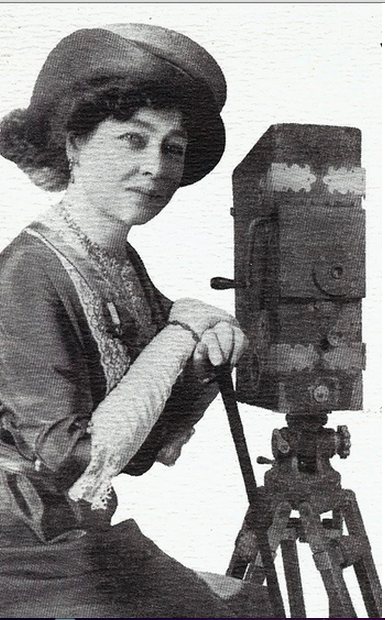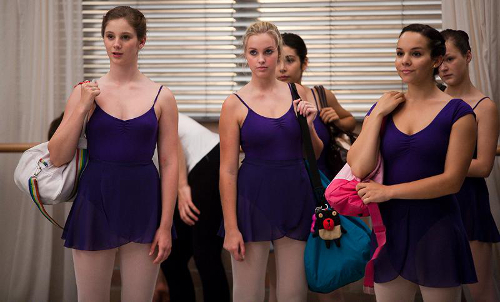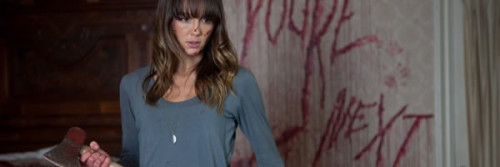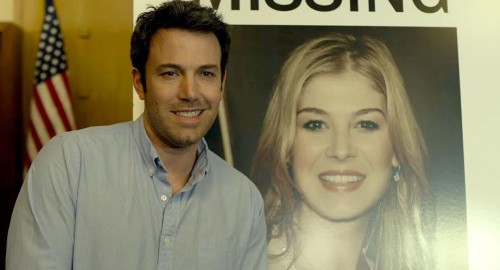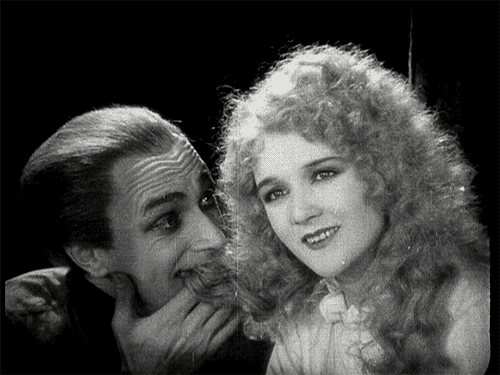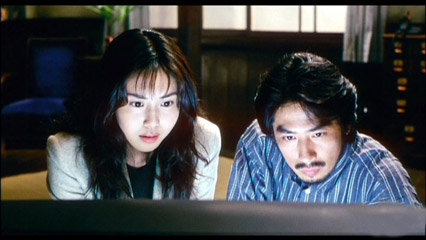She’s Possessed, Baby, Possessed!
When Phoebe is taken over by the deadly sin lust in “Sin Francisco,” she sexually assaults her professor and has sex with a policeman on the job, while Piper dances on her bar during her high school reunion when she’s possessed by an evil spirit. And almost all the evil women in the show are sexualized: the succubus, shapeshifter Kaia, the Stillman sisters in “The Power of Three Blondes,” the seer Kyra, etc.


